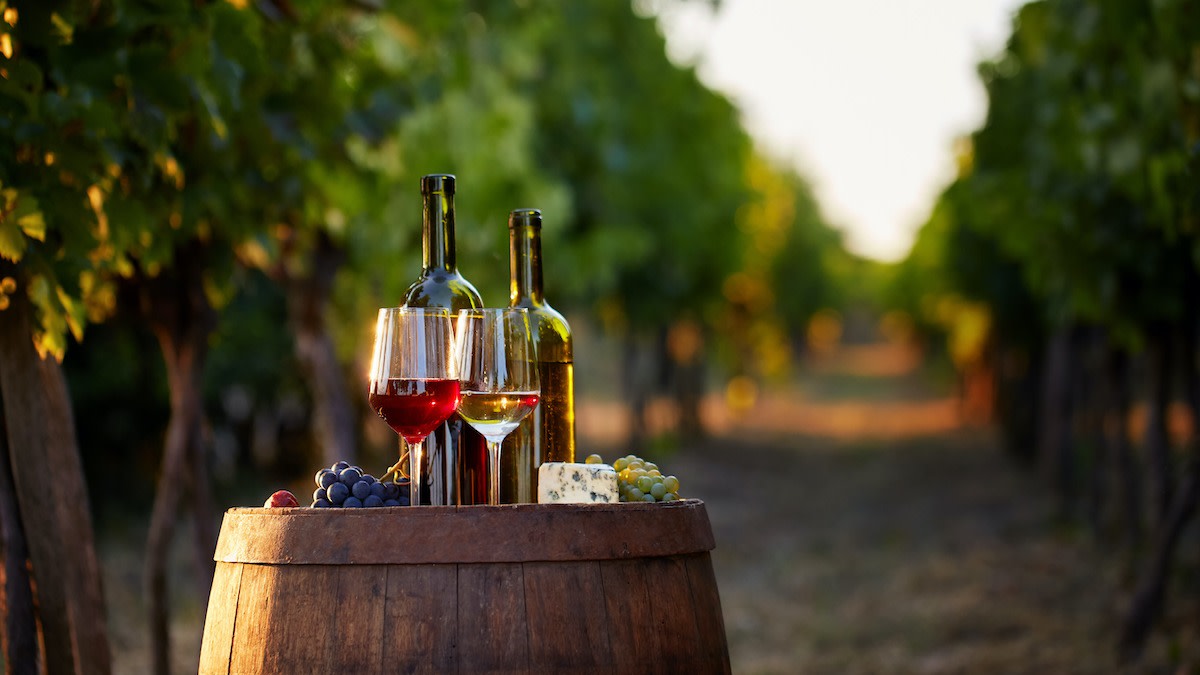Understanding Terroir: 4 Elements of a Wine’s Terroir
Written by MasterClass
Last updated: Jun 7, 2021 • 2 min read
Learn how terroir and can influence the flavor of wine.
Learn From the Best
What Does Terroir Mean?
Terroir is a French term referring to the unique characteristics of a region and the effect they have on the flavor of agricultural products, most notably wine. The idea behind the terroir concept is that wines from a particular wine region have unique characteristics from year to year that can’t be replicated elsewhere, even assuming the same winemaking techniques.
The Origins of the Word Terroir
Terroir is a French word that comes from the Latin terra, or earth, land, soil. The concept of terroir became more popular in France as phylloxera forced French winegrowers to grow their grapes on American rootstock. Terroir, relating to soil and sense of place, allowed French winemakers to reclaim local pride in their winegrowing, even though their plants grew on new stock. The word terroir quickly spread throughout the wine world as a way to talk about the effects of the environment on wine.
4 Elements of a Wine’s Terroir
Several environmental factors shape a wine's expression of terroir:
- 1. Climate: Climate may be the most important component of terroir. Macroclimate (regional climate), microclimate (climate variations within regions), and mesoclimate (somewhere in between) can all affect the flavor of wine. Climate mainly has to do with temperature, rainfall, and sunlight. The best wines are slow to ripen, whether they are grown in cool climates (riesling from Germany, Chardonnay from Chablis) or late-ripening varieties grown in warmer climates (Cabernet Sauvignon in California).
- 2. Soil composition: Soil type is one of the best-known markers of terroir. Soil can be clay, loamy, calcareous, sandy, or a combination of different soil types. Also important is hydrology, or the relationship between the water and the soil. Grapevines seem to benefit from soil that drains well and is somewhat low in nutrients. Soil content may also affect a wine’s minerality if the soil contains limestone or other rocks that produce a low soil pH.
- 3. Topography: Topography, or differences in elevations and slopes, can have a major impact on terroir. Some grape varieties thrive at higher elevations, while others produce their best wines when grown at sea level.
- 4. Microbial terroir: Microbial terroir has to do with the microbes—bacteria and yeast—present in vineyard soil and winemaking facilities. In older winemaking facilities, different strains of yeast and bacteria may have been present on winemaking equipment for hundreds of years, contributing to the overall flavor of the wine. Though not a traditional component of terroir, microbes play an important role in viticulture.
What Is Terroir Important?
Many classification systems—such as appellation d'origine contrôlée (AOC) in France—are rooted in the idea of terroir and have an effect on the price of a wine. For example, wine buyers will pay a premium for a grand cru AOC wine from Burgundy, Bordeaux, or Champagne, but they might pay less for a wine made from the same grape variety in Napa Valley, California. This has sparked some controversy between the new world wine industry and the old world wine industry. Those who value terroir appreciate the subtle distinctions in flavor and sense of place that a wine's terroir adds, while vintners who prioritize methodology emphasize the techniques required to produce a great wine.
Learn More
Want to learn more about the culinary arts? The MasterClass Annual Membership provides exclusive video lessons from master chefs and wine critics, including James Suckling, Lynnette Marrero, Ryan Chetiyawardana, Gabriela Cámara, Gordon Ramsay, Massimo Bottura, and more.
